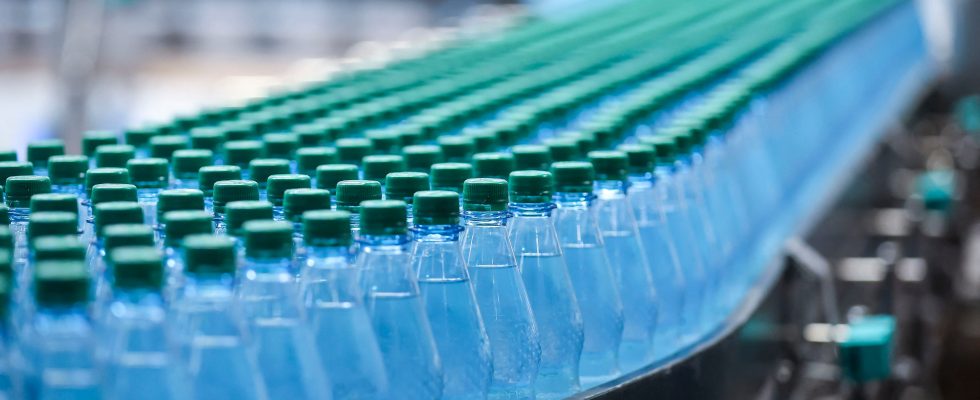A brand, a packaging, a colorful label… So many well-known characteristics of mineral waters that make them famous among customers, in France and abroad. And yet, according to an investigation conducted by the investigation unit of Radio France And The world revealed today, some of the biggest names in bottled water have for many years received “treatments that do not comply with regulations, in particular due to sporadic contamination of bacterial or chemical origin”.
According to information from the two media outlets behind the investigation, at least “a third of French spring water and mineral water brands have been, or still are, in trouble with the regulations”. This concerns the brands of Nestlé Waters (Vittel, Hépar, Perrier, etc.), a subsidiary of the Swiss group Nestlé, and Source Alma (St-Yorre, Cristalline, etc.).
According to the investigation of World and Radio France, the Ministry of Industry, alerted by the crackdown on fraud, received representatives of Nestlé Waters in 2021, who recognized their use of ultraviolet treatments and activated carbon filters on certain mineral waters in order to maintain “their food security”. The government, which should then have informed the European Commission, “tried to manage the crisis with the greatest discretion”, reveals The world.
A report from the General Inspectorate of Social Affairs, which the two media were able to consult, was also “subject to almost absolute secrecy” by the executive. For good reason, this report estimates that 30% of French brands use non-compliant treatments. “The mission has no doubt that the proportion of 30% [des dénominations commerciales concernées] underestimates the phenomenon and that all ore carriers are concerned,” reports the daily.
Standards distinct from those concerning tap water
Ultraviolet treatments and activated carbon filters are strictly prohibited by EU regulations. According to European directive “relating to the exploitation and placing on the market of natural mineral waters”, mineral waters must be naturally of high microbiological quality – of course, without any additional treatment to achieve this objective.
Originally, mineral waters were medical waters, sold exclusively for specific pathologies. Coming from an underground source, they are characterized by stability in their mineral composition (fluorine, sodium, magnesium) – different depending on the brand.
Therefore, any treatment of these waters marketed in bottles is prohibited because they are subject to specific standards. The latter are distinct from those which govern tap water. Certain waters could even be refused in the public distribution network as they reach mineral contents which would not be tolerated for so-called drinking water.
At the microphone of France Info in 2022, the magazine journalist What to choose Elisabeth Chesnais noted, for example, the high presence of sodium in certain mineral waters. Currently, for tap water, the allowable limit of sodium is 200 milligrams per liter, while some bottled waters can contain more than 1,000 milligrams per liter.
63 potability criteria
In order for water to be qualified as “drinkable”, it must be able to be drunk or used “for domestic and industrial purposes without risk to health”, it is specified on the Water Information Center website.
Tap water is collected by collection from surface water tables, rivers or lakes, and is decontaminated in a treatment plant until it meets the approximately 63 potability criteria dictated by the Ministry of Health and the Higher Council of the Public Hygiene Sector, a consultative body.
Among these criteria, we find in particular physico-chemical parameters, corresponding to the temperature or hardness of the water, but also organoleptic parameters, linked to the color, taste and odor of the water. Although it sometimes arouses mistrust, tap water is closely controlled at the local level by regional health agencies and by treatment plants.
